In the latest of a series of perplexing discoveries made by the James Webb Telescope, astronomers have discovered what appears to be a colossal question mark in the night sky.
Although some may be wondering who might have left the inquisitive message in the sky, NASA scientists have come up with a more sober explanation for the phenomenon.
An Image From the Past
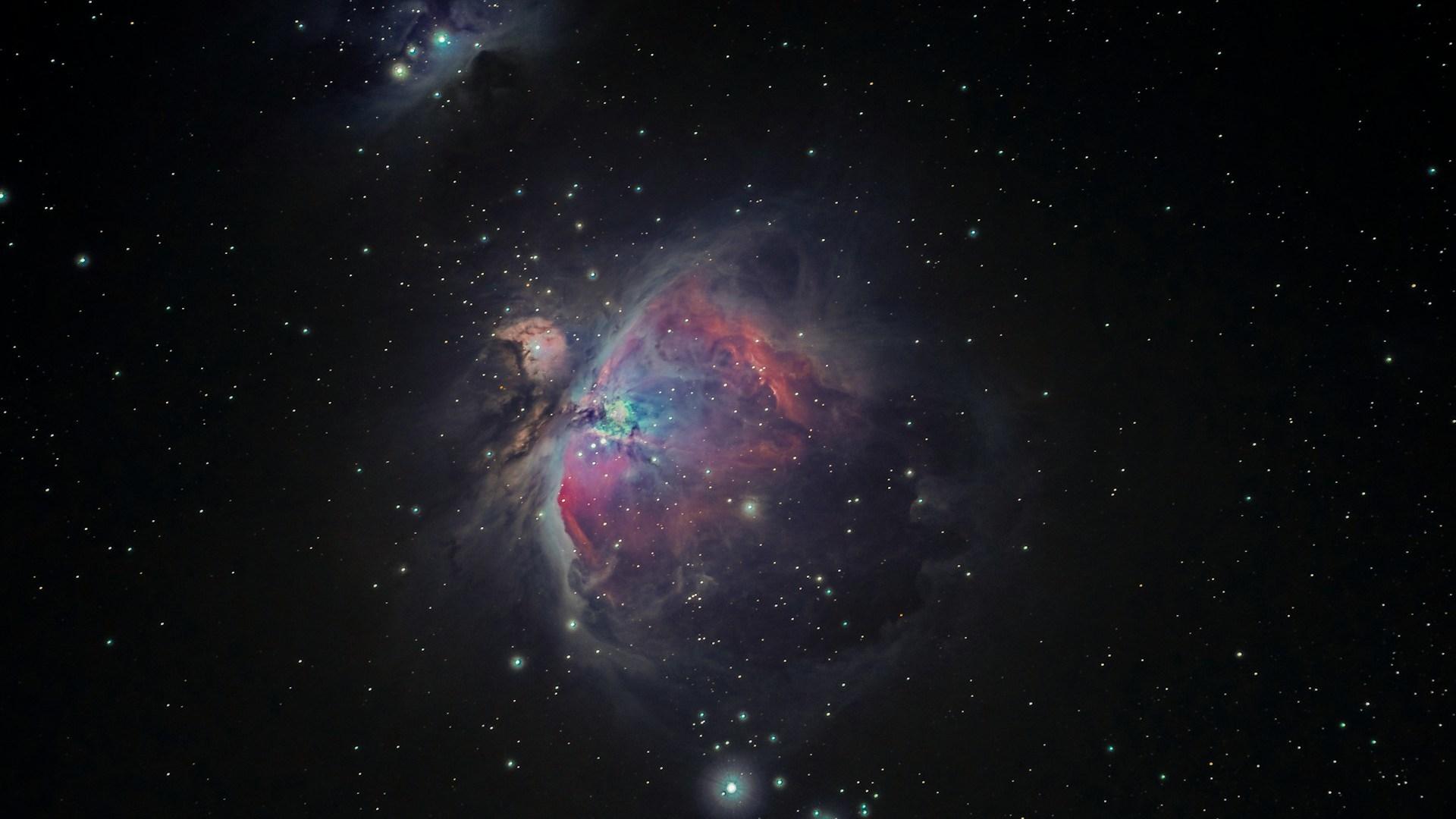
Images picked up by telescopes such as this only offer a glimpse into the state of the universe at an earlier time.
This is because light travels at a finite speed, so the images gathered are made up of the light given off by the galaxy sometimes billions of years ago.
Adolescent Space
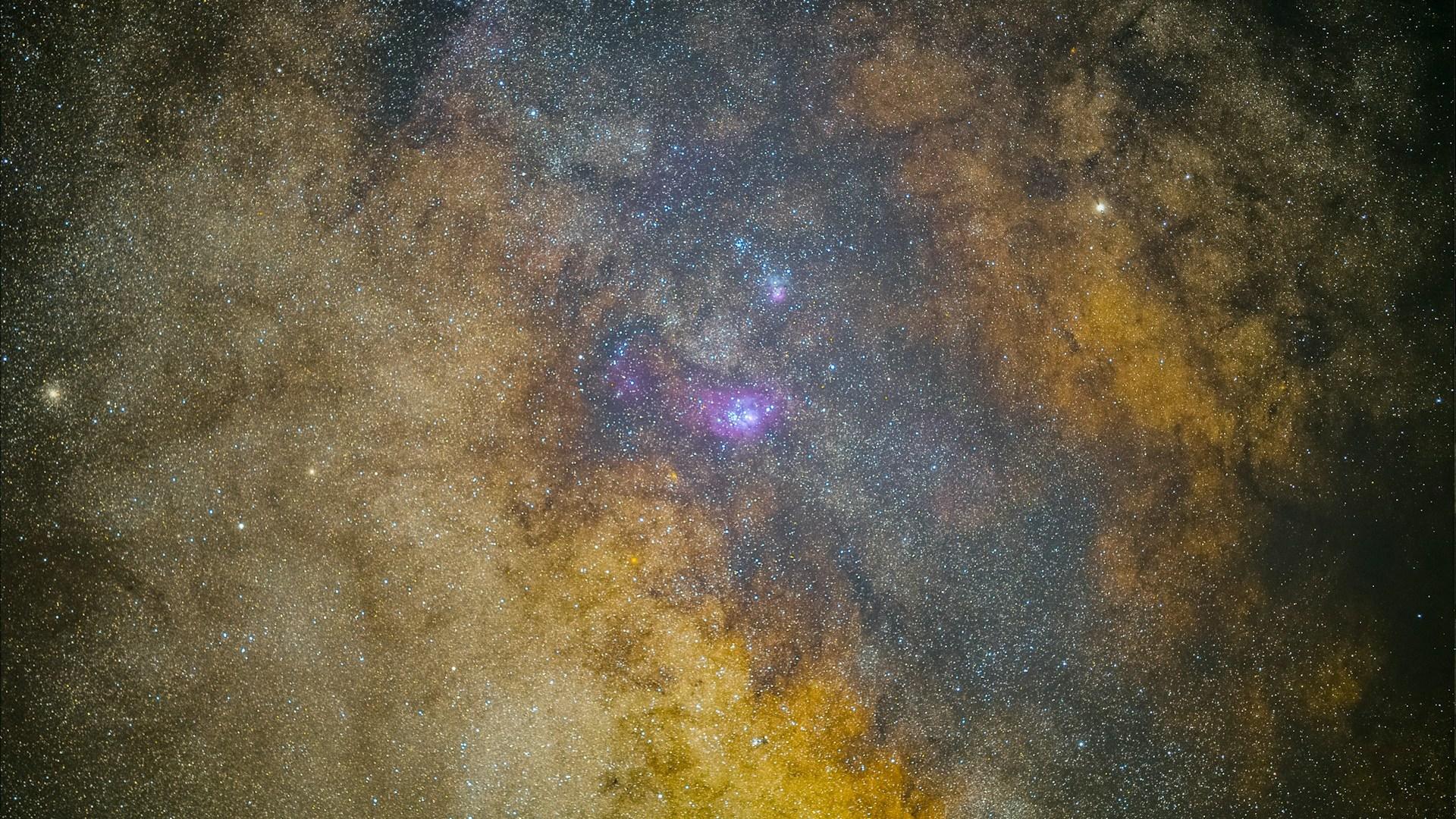
An astronomer at Saint Mary’s University, Marcin Sawicki, explains that the image we see is from “billions of years ago when star formation was at its peak.”
He says: “Webb is allowing us to study what the teenage years of our own galaxy would have been like.”
7 Billion Years
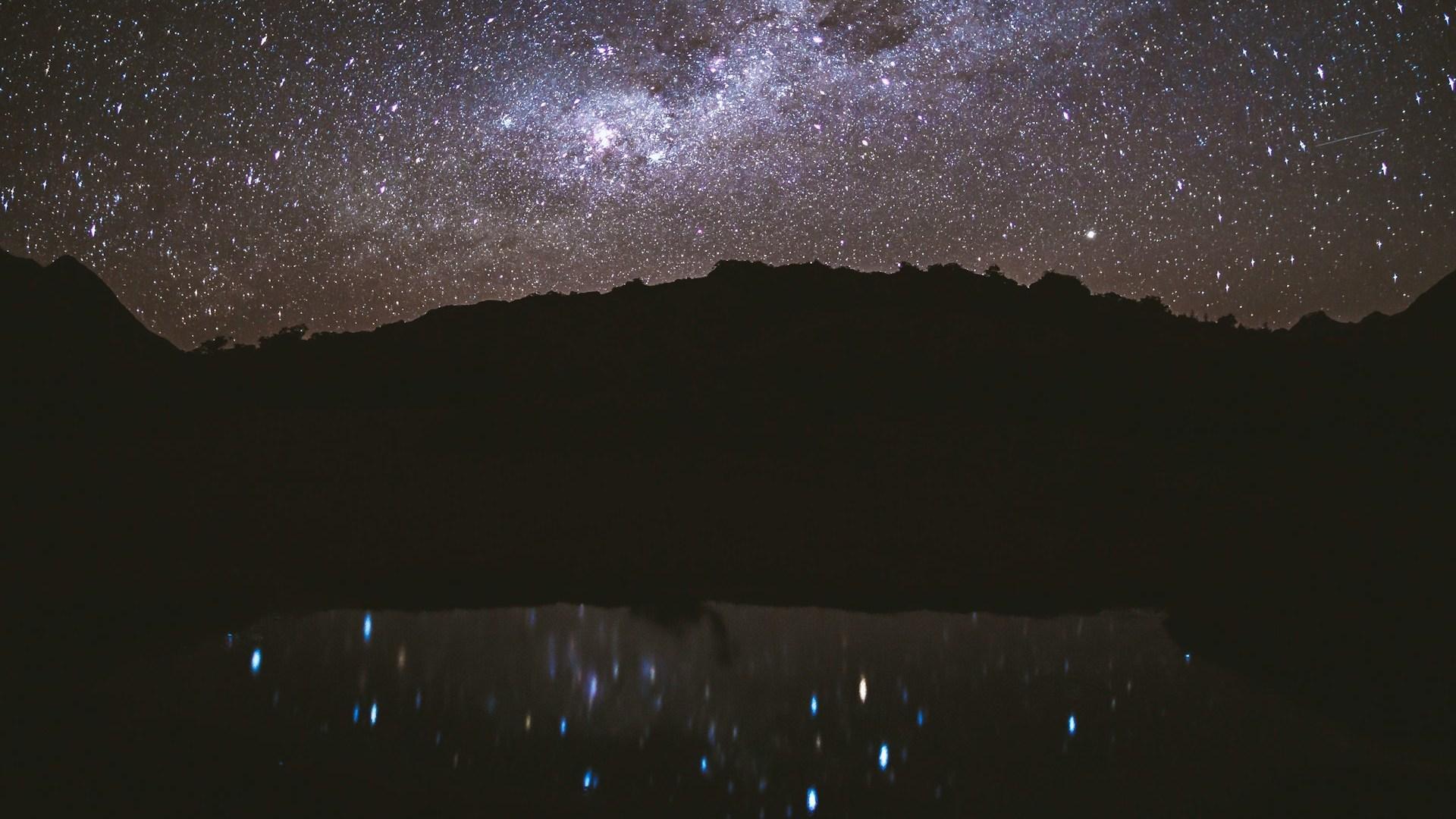
The question mark in the sky was formed when humanity was not even a twinkle in the eye of the universe.
The galaxies that make up the punctuation mark were in mid-formation roughly 7 billion years in the past.
Useful Glimpses of the Past
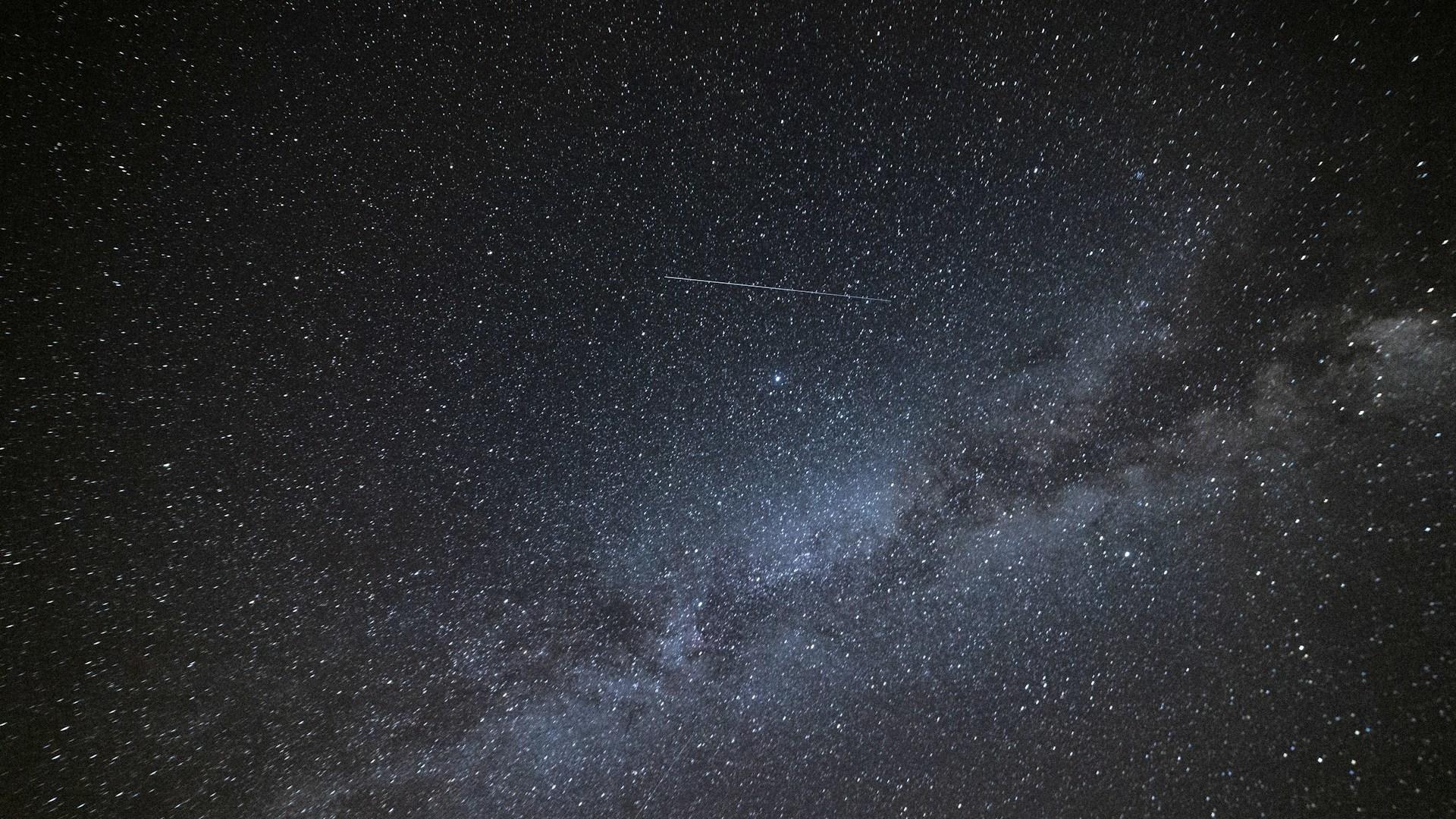
Such ancient images are of great use to scientists, who can study the universe as it was so many years in the past.
This can help to provide us with information about how stars and galaxies formed in the early ages of the Milky Way.
Rare Phenomenon

The question mark is an unusual find, not just because of its astronomically unique shape, but for the manner in which the image came about.
Researchers explained that the phenomenon came about due to a rare form of gravitational lensing, of which there are very few known occurrences.
Gravitational Lensing
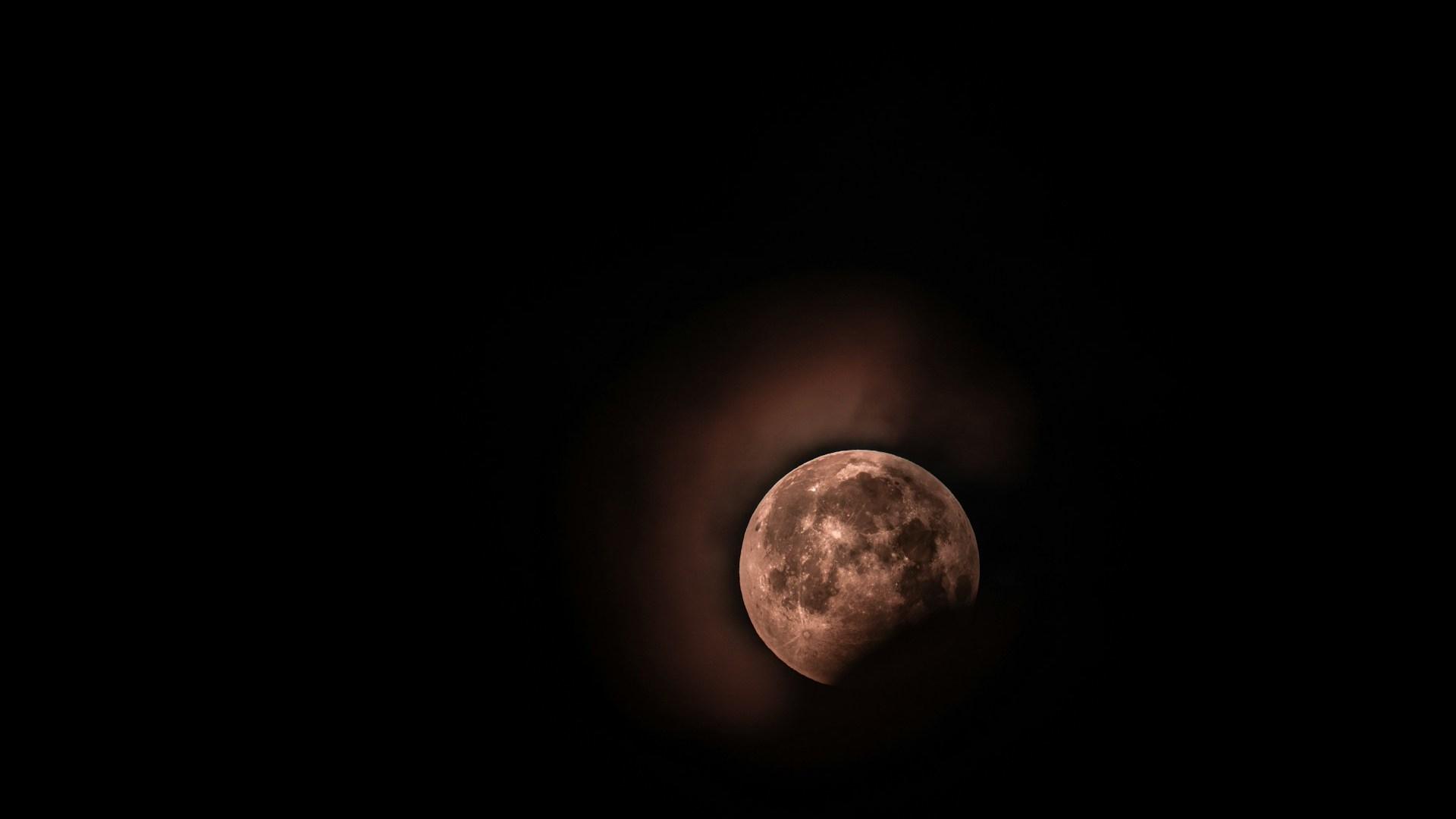
Gravitational lensing happens when an object is partially obscured by a much larger celestial object or group, such as a large galaxy.
The gravitational force exerted by the larger galaxy is able to distort the very light coming from the partially obscured galaxies behind it, causing a warping effect.
Multiplication
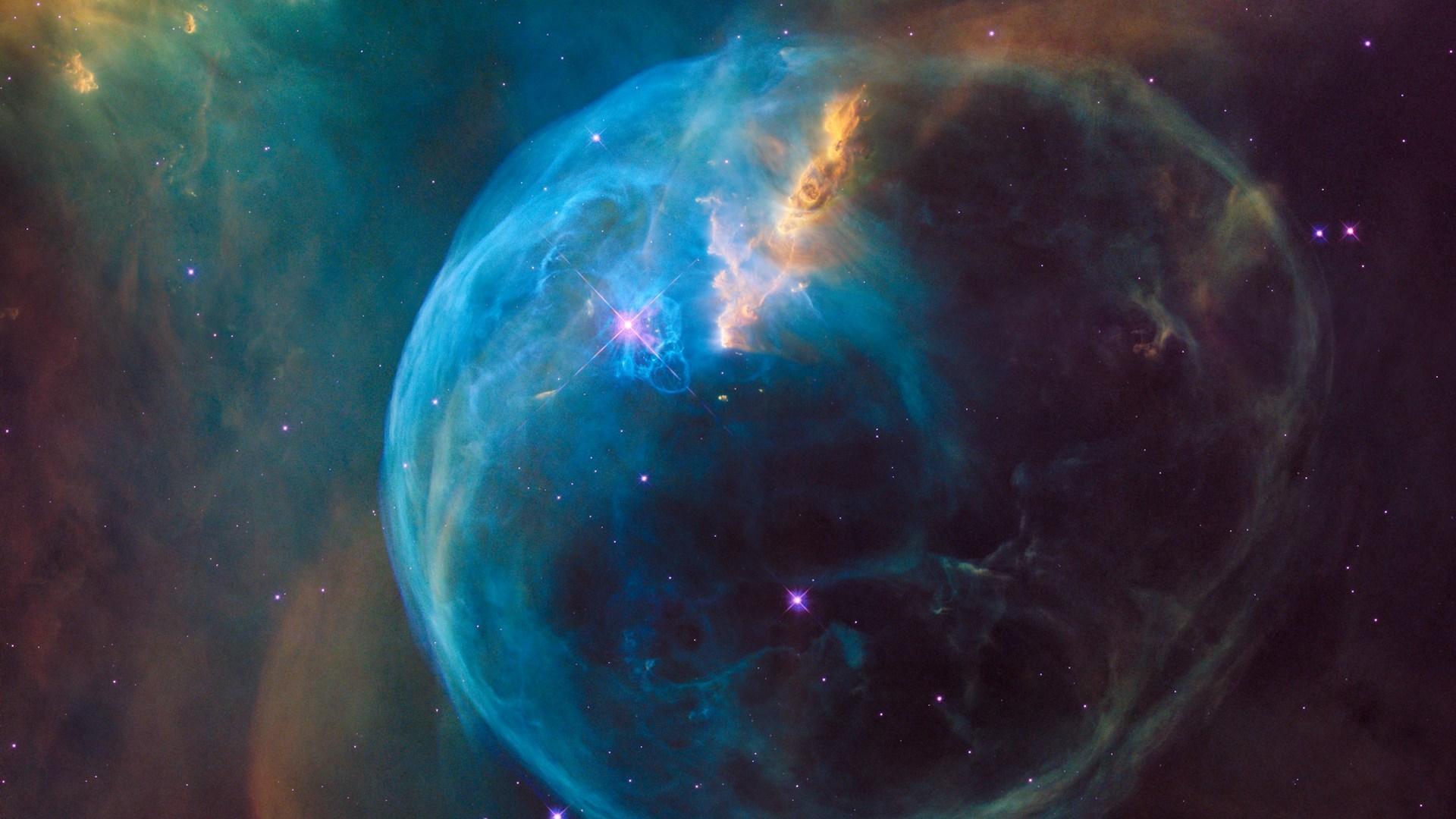
The formation of the question mark is caused by a huge cluster of galaxies, MACS-J0417.5-1154, sitting in front of 2 smaller galaxies.
The image seen through the Webb telescope is actually the same 2 galaxies multiplied 5 times, forming the shape of the curious punctuation.
Exciting Find
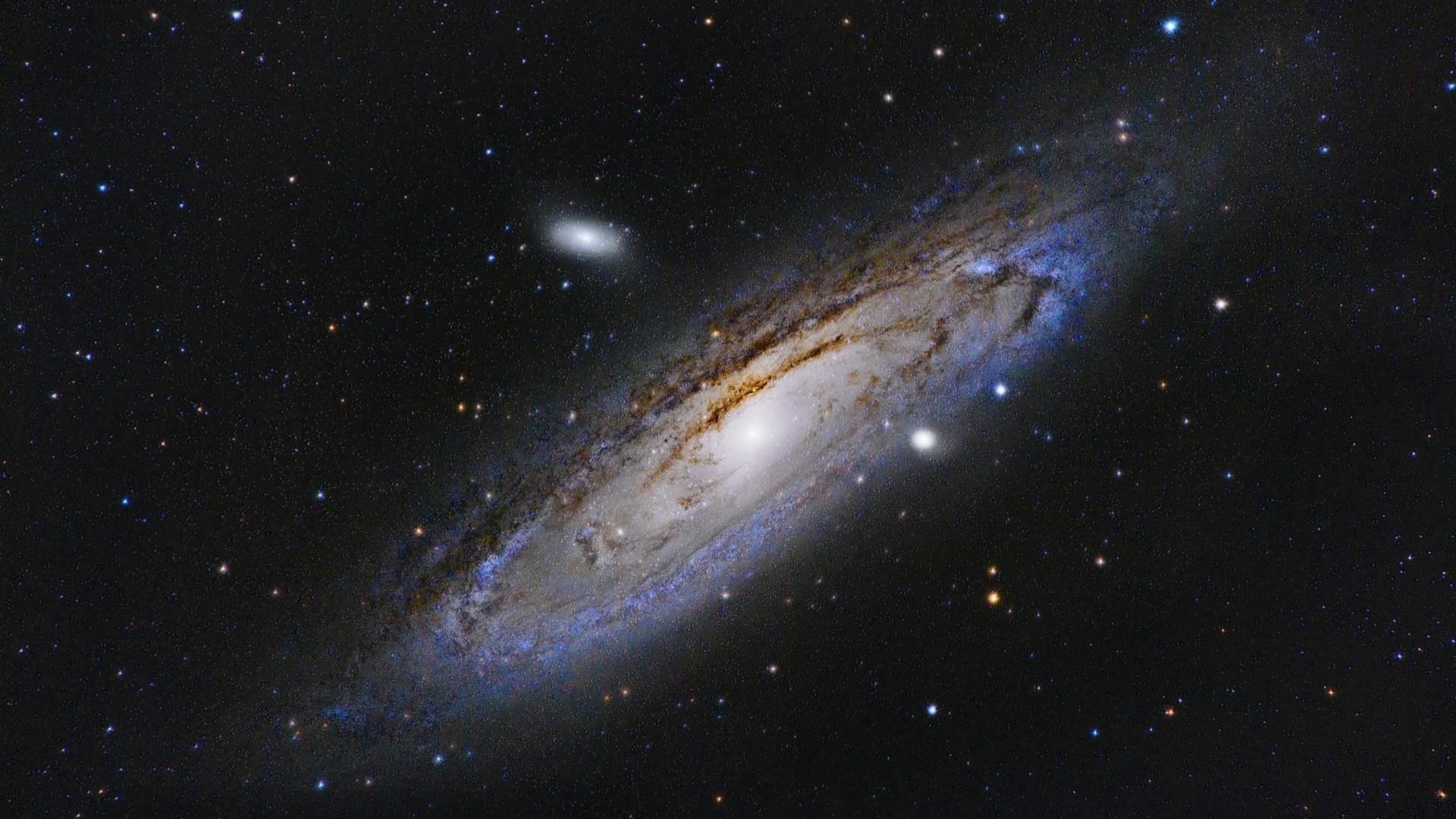
The linguistic character is likely not what most stimulates scientists, but Guillaume Desprez, another astronomer at Saint Mary’s University, describes other aspects that “make this find exciting.”
He says that “we know of only three or four occurrences of similar gravitational lens configurations in the observable universe.”
James Webb’s Hot Summer

The Webb telescope has had a particularly fruitful summer, coming up with answers to some interesting and important questions to which it has been posed.
It has managed to determine the size of some of the earliest galaxies in the universe, and determined the smell of some alien planets.

